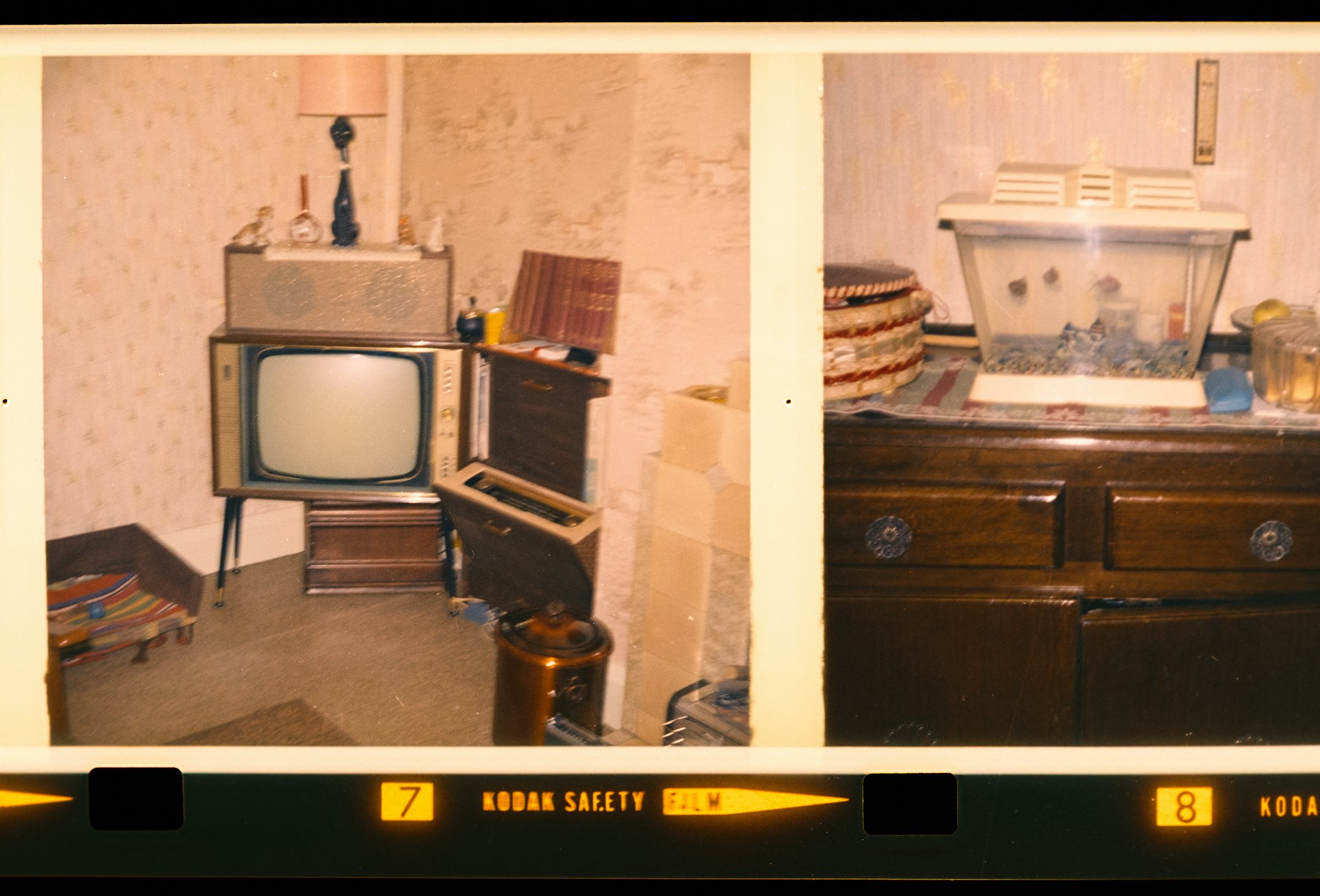Empowering Homes with Car-to-Home Energy Integration Systems: Technology, Implementation, and Benefits

Photo by Zaptec on Unsplash
Introduction to Car-to-Home Energy Integration Systems
Car-to-home energy integration systems are revolutionizing how homeowners manage electricity. By leveraging the power stored in electric vehicle (EV) batteries, these systems offer backup power during outages, help reduce energy costs, and support sustainability goals. Technologies like Vehicle-to-Home (V2H), Vehicle-to-Grid (V2G), and Vehicle-to-Load (V2L) are at the forefront of this transformation, allowing electricity to flow from your EV to your home or even back to the grid [1] .
As energy prices rise and extreme weather events become more frequent, car-to-home energy integration systems are increasingly appealing for homeowners seeking resilience and savings.
Core Technologies: V2H, V2G, and V2L Explained
Vehicle-to-Home (V2H) enables your EV to power your home during outages or expensive peak times. This requires a compatible EV, a bidirectional charger, energy management software, communication protocols like ISO 15118 and OCPP, an energy meter, and installation by a licensed electrician [2] . V2H systems typically activate only when grid power is unavailable or when electricity prices spike.
Vehicle-to-Grid (V2G) expands on V2H by allowing your EV to send excess energy to the grid. This capability can earn incentives from utility companies for supporting grid stability during peak demand [5] . Not all EVs support V2G; notable models include those from Nissan, Hyundai, Mitsubishi, Ford, Genesis, and Kia, with more manufacturers expected to add this functionality soon.
Vehicle-to-Load (V2L) lets you power home appliances directly from your EV’s onboard inverter. Many EVs feature a standard 240V socket, allowing you to plug in devices or extension cords for emergency backup or everyday use [4] .
Practical Benefits for Homeowners
Integrating your EV with your home’s energy system provides several distinct advantages:
- Backup Power During Outages: EV batteries can supply 2-4 days’ worth of electricity for an average home, ensuring lights, refrigeration, and heating remain operational when the grid is down [3] .
- Cost Savings: Bidirectional charging allows homes to use stored EV electricity during expensive peak hours, lowering utility bills. Some utility programs may compensate homeowners for helping balance grid loads [1] .
- Sustainability: These systems promote the use of renewable energy and support broader adoption of clean technologies, reducing dependence on fossil fuels.
For example, during a winter storm in Colorado, homes utilizing V2H technology remained powered by their EVs while neighbors without such systems experienced prolonged outages [1] .
Technical Requirements and Implementation Steps
Deploying a car-to-home energy integration system involves several technical and logistical steps:
- Verify Vehicle Compatibility: Ensure your EV supports bidirectional charging (check with manufacturers like Nissan, Hyundai, Ford, and Kia).
- Choose the Right Charger: Select a bidirectional charger compatible with your vehicle and home electrical system. Chargers using CHAdeMO or CCS plugs are commonly used for V2H and V2G [5] .
- Energy Management System (EMS): Implement EMS software to automate when charging and discharging occurs, maximizing efficiency and savings.
- Professional Installation: Hire a licensed electrician to connect the charger to your home’s breaker panel and configure safe “islanding” (disconnecting your home from the grid during EV-powered operation) [2] .
- Set Up Communication Protocols: Ensure your charger and EV use standard protocols (ISO 15118, OCPP) to communicate effectively.
- Metering and Monitoring: Install appropriate energy metering to track usage and optimize performance.
Costs for bidirectional chargers remain relatively high, but are expected to decrease as production scales. Some utility companies and local governments offer incentives or rebates for installing home energy management and EV integration systems. To explore these options, contact your utility provider or search for “EV charging rebate programs” in your state.

Photo by Andersen EV on Unsplash
Potential Challenges and Solutions
Implementing car-to-home energy integration systems can present challenges:
- Upfront Costs: Bidirectional chargers and EMS software can be expensive. Investigate local incentives, rebates, or utility programs to offset initial costs.
- Battery Degradation: While high usage does not dramatically accelerate battery wear, factors such as age, temperature, and charging cycles do affect EV battery life [2] . Consult your vehicle manufacturer for best practices to extend battery health.
- Limited Compatibility: Not all EVs support bidirectional functionality. Research your vehicle’s capabilities or consider future-ready models.
- Regulatory and Utility Guidelines: Grid interconnection and “islanding” may require local permits or compliance with utility standards. Work with certified electricians and consult your utility for requirements.
- Software Integration: Ensure EMS platforms are compatible with your EV and home systems; seek out experienced installers and technical support.
Despite these challenges, emerging solutions and increasing industry support are making car-to-home integration more accessible for many homeowners.
Step-by-Step Guide to Getting Started
To implement a car-to-home energy integration system, follow these steps:
- Assess your home’s power needs and your EV’s battery capacity.
- Verify your EV supports V2H or V2G technology; consult your dealer or manufacturer.
- Research and select a compatible bidirectional charger approved by your EV manufacturer.
- Contact certified electricians with experience in EV charger installation and home energy systems.
- Install the charger, EMS software, and necessary metering devices.
- Test the system for safe operation, including emergency backup scenarios.
- Consult your utility provider about potential incentives and grid interconnection procedures.
- Monitor your system’s performance and adjust settings for optimal savings and reliability.
If you need help locating products or installers, search for “bidirectional EV charger installers near me” or visit major EV manufacturers’ official websites for approved products and partners. For utility rebates, search your state’s public utility commission website or contact your provider’s customer service line.
Alternative Approaches and Future Trends
Beyond full home integration, V2L technology allows for flexible, appliance-level backup power without requiring complex installation. Plugging devices directly into your EV during outages or high-cost periods provides a simple and quick solution [4] .
Looking ahead, more automakers are expected to add bidirectional capabilities, and smart home energy management will become increasingly automated. As costs fall and incentives grow, car-to-home energy integration will become a standard feature in modern homes.
Key Takeaways
Car-to-home energy integration systems empower homeowners to use their EVs as backup generators, cost controllers, and sustainability solutions. These technologies are available today for many EV models and are expected to grow in capability and affordability. To get started, assess your EV’s compatibility, research chargers and installers, and consult your utility for incentives and support. With careful planning, you can transform your EV into a central part of your home’s energy strategy.
References
- ReenergizeCO (2023). Bidirectional EV Charging: The Future of Home Energy Management.
- Driivz (2024). What is V2H (Vehicle-to-Home)?
- Emporia Energy (2023). Bidirectional EV Charging: Everything You Need To Know.
- FranklinWH (2024). How to Use EV’s Vehicle-to-Load (V2L) Feature to Power Your Home?
- gridX (2024). Vehicle-to-grid (V2G) and vehicle-to-home (V2H).
MORE FROM hotondeals.com













